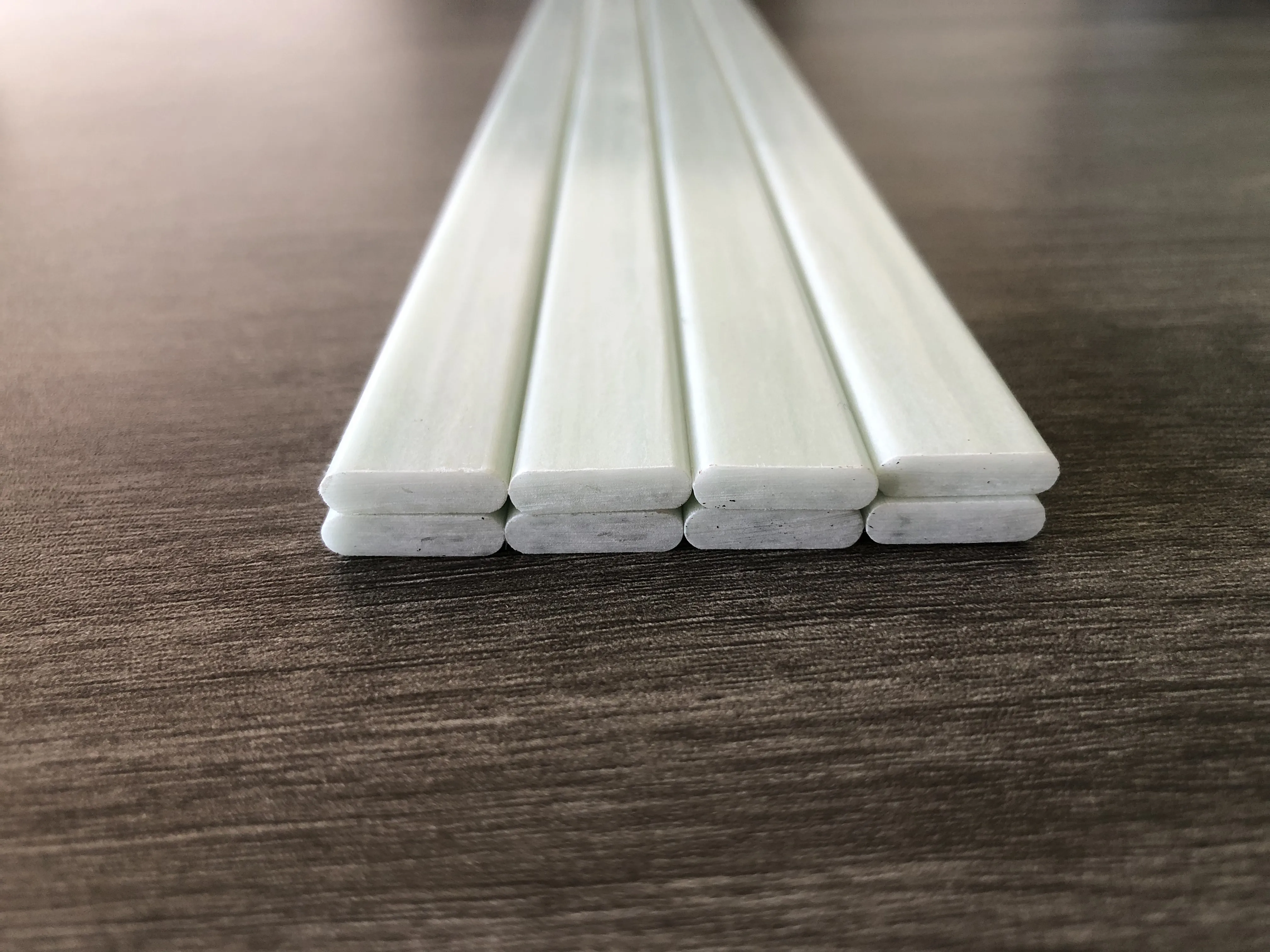loading...
- No. 9, Xingyuan South Street, Dongwaihuan Road, Zaoqiang County, Hengshui, Hebei, China
- admin@zjcomposites.com
- +86 15097380338
- Welcome to visit our website!
Exploring the Applications and Benefits of FRP Flat Bars in Construction
Understanding FRP Flat Bars A Comprehensive Overview
Fiber-Reinforced Polymer (FRP) flat bars are gaining prominence in various industrial applications due to their exceptional properties and versatility. These composite materials, made from a polymer matrix reinforced with fibers, offer a unique combination of strength, lightweight characteristics, and resistance to environmental factors. This article delves into the nature of FRP flat bars, their manufacturing process, applications, advantages, and their future in various sectors.
What is FRP?
First, it's essential to understand what Fiber-Reinforced Polymer is. FRP comprises a polymer matrix—typically epoxy or polyester—reinforced by fibers such as glass, carbon, or aramid. The combination of the matrix and fibers results in a lightweight material with superior mechanical properties compared to traditional materials like steel or aluminum. FRP flat bars are essentially a specific shape of these composites, usually rectangular in profile, lending themselves to a variety of structural applications.
Manufacturing Process
The production of FRP flat bars involves several steps. First, the fibers are treated to enhance their bonding with the polymer matrix. Next, the polymer is mixed with a hardening agent and then combined with the fibers. This mixture is processed through various methods such as pultrusion, where continuous lengths of the composite are drawn through a heated die, or by utilizing an extrusion process. Once formed, the flat bars are cured, shaped, and cut to meet specific dimensions and requirements.
Applications of FRP Flat Bars
FRP flat bars find application in numerous industries. In construction, they are used for reinforcing structures, such as bridges and buildings, due to their high tensile strength and lightweight nature, which helps in reducing the load on foundations. They are also utilized in marine applications, where resistance to corrosion and harsh environmental conditions is crucial. FRP’s resistance to chemicals makes it an ideal choice for chemical plants and wastewater treatment facilities.
Another noteworthy application is in electrical and telecommunications. FRP flat bars are used for outdoor structures like utility poles and antenna supports because they are non-conductive, thereby minimizing electrical hazards. In the automotive and aerospace sectors, their lightweight properties contribute to fuel efficiency and performance by reducing the overall weight of vehicles.
frp flat bar

Advantages of FRP Flat Bars
The benefits of using FRP flat bars are manifold. Firstly, their lightweight nature alleviates handling and transportation costs. Secondly, their exceptional corrosion resistance extends the lifespan of structures, reducing maintenance expenses significantly over time. FRP materials are also non-magnetic and do not suffer from electromagnetic interference, making them ideal for various electronic applications.
Moreover, FRP flat bars offer design flexibility. They can be manufactured in various shapes, sizes, and colors to meet specific aesthetic and functional requirements. Their thermal insulation properties also provide energy efficiency in buildings, further promoting their usage in sustainable construction practices.
Challenges and Future Outlook
Despite their numerous advantages, there are challenges associated with the use of FRP flat bars. The initial costs can be higher than traditional materials, which may deter some users. Additionally, sourcing recycled materials and ensuring the recyclability of FRP products remain ongoing challenges in terms of sustainability.
However, as technological advancements continue and the demand for high-performance materials grows in numerous sectors, the future of FRP flat bars looks promising. With an increasing focus on sustainable materials and construction practices, FRP is expected to play a crucial role in innovative engineering solutions.
Conclusion
FRP flat bars represent a significant advancement in composite material technology with versatile applications across various industries. Their lightweight, corrosion-resistant, and strong properties position them favorably compared to conventional materials. As industries continue to seek innovative solutions to meet modern engineering demands, FRP flat bars are poised to remain at the forefront of material science, paving the way for more efficient and durable structures in the future.
-
The Rise of FRP Profiles: Strong, Lightweight, and Built to LastNewsJul.14,2025
-
SMC Panel Tanks: A Modern Water Storage Solution for All EnvironmentsNewsJul.14,2025
-
GRP Grating: A Modern Solution for Safe and Durable Access SystemsNewsJul.14,2025
-
Galvanized Steel Water Tanks: Durable, Reliable, and Ready for UseNewsJul.14,2025
-
FRP Mini Mesh Grating: The Safer, Smarter Flooring SolutionNewsJul.14,2025
-
Exploring FRP Vessels: Durable Solutions for Modern Fluid HandlingNewsJul.14,2025
-
GRP Structures: The Future of Lightweight, High-Performance EngineeringNewsJun.20,2025
